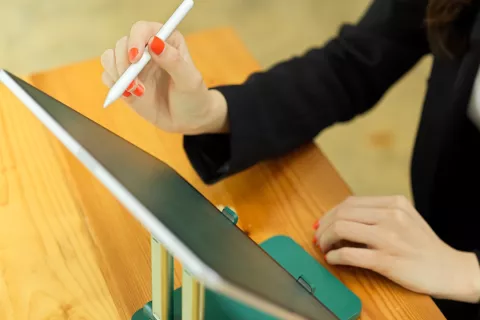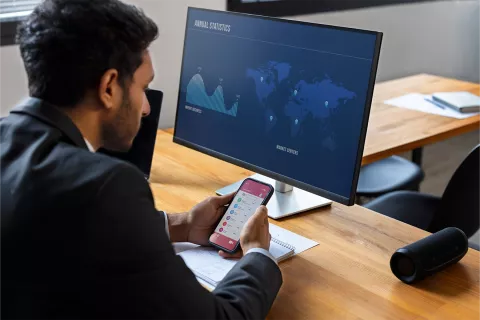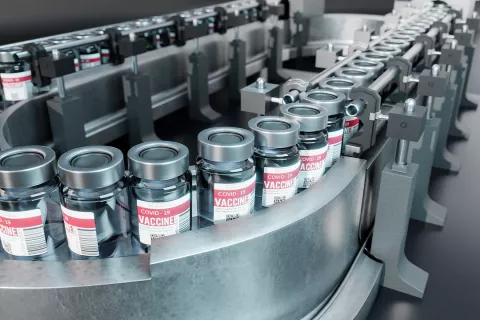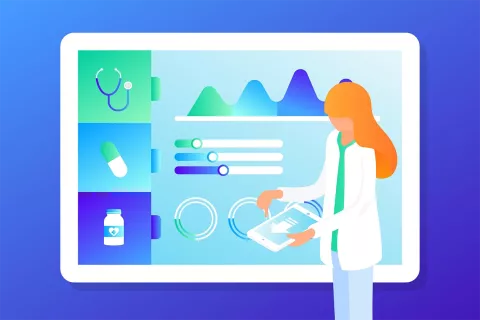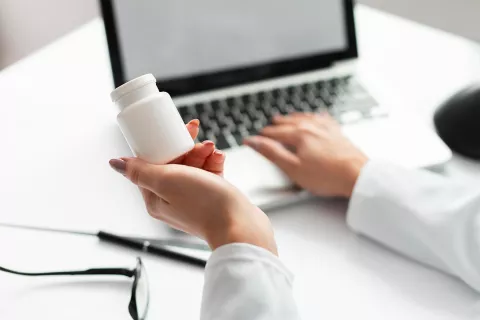
Despite being one of the most regulated industries in the world, the prevalence of counterfeit drugs is a sad reality in the emerging markets of the pharmaceutical industry. According to a report by the Authentication Solution Provider’s Association (ASPA), the number of counterfeit incidents in India increased by an average of 20% on a year-to-year growth between 2018 to 2020 and 17% between 2019 to 2020. Furthermore, a study by the European Union Agency for Law Enforcement Cooperation (Europol) noted some changes in the origin of the counterfeits seized in 2020. In 2019, they came from China and Singapore. In 2020, the majority were from China and Turkey, with minor contributions from Vietnam. Counterfeiting drugs, also known as brand theft, directly affect patients' health and morbidity. Hence, protecting the brand against illegal alterations and duplication is crucial.
Challenges of Drug Counterfeiting
There are two (02) significant challenges of counterfeiting drugs. They are as follows:
- Identification of Counterfeit Drugs: It is getting harder for companies and supply chain partners to identify counterfeit products amongst the original medicines. With an increasing demand for medicinal products, there is a risk of third-party vendors, because of which adulterations have increased. Identifying unauthorized alterations in the medicinal product is crucial in reducing it.
Solution: The usage of specific covert (invisible) features that are not visible to the naked eye. Incorporating such identification features in the secondary packaging helps the end user or supply chain partners detect any product mishandling or duplication.
Covert features such as the following can be considered:
- Radiofrequency Identification (RFID) Tags: RFID is known for its ability to identify each item uniquely. The authenticity of the product can be verified by scanning the RFID serial number of a particular drug package and confirming its authenticity directly with the manufacturer. It helps pharmaceutical companies to fight against counterfeits and illegal adulteration of drugs before it reaches the end user.
- Thermochromic Inks: This feature is another colossal development to curb counterfeits. The inks react to any change in temperature. They print temperature indicators on the medicinal product's package. Since these indicators are permanent, stakeholders get to know about any product damage or change that might have happened in the transit.
- Quick Response (QR) Codes: This is another anti-counterfeiting feature embedded in the drug package. Every package has a unique QR code which allows transparent communication with the external stakeholders and the product. The scanner can identify any duplicity of such codes, thus protecting the drug and customers.
2. Prevention of Counterfeiting: After identifying counterfeit drugs, the next challenge for pharmaceutical organizations is preventing them.
Solution: If certain features are introduced into the secondary packaging of medicinal products, they can help prevent the fake drug market. These are overt or visible features. Any wear and tear of these elements translate to misuse. Since these are visible to the naked eye, it prevents the drug's illegal usage, alterations, and duplication.
Overt features include the following:
- Holographic Labels: Holography allows three-dimensional images in the primary packaging. Holographic figures are challenging to get through with conventional photography and can be reformed under white light. Pharmaceutical organizations use holograms in their logos to authenticate the products. Any depreciation of the hologram indicates rough handling of the product.
- Sealing Tapes: Manufacturers also use single-use polypropylene tapes to seal the primary packaging of the medicinal product. Any breakage in the tape can be linked with tampering by the end user.
- 3D Effects: Manufacturers also use color-shift inks in the product package, which gives the observer a 3D effect when shifted to different angles. Any wear and tear on the 3D pattern indicate improper storage/handling of the drug.
The effect of not securing the drugs through packaging is counterfeiting, which affects not only the end users but the organization as well. Hence, pharmaceutical organizations and their supply chain partners should start incorporating specific overt and covert features in the primary and secondary packaging to secure medicinal products and overcome the challenges. 360-degree packaging security protects a pharmaceutical brand by making its products authenticated and accountable.
Our experts at Freyr can help your organization with safety packaging strategies to ensure anti-counterfeiting. Get in touch to know more.

